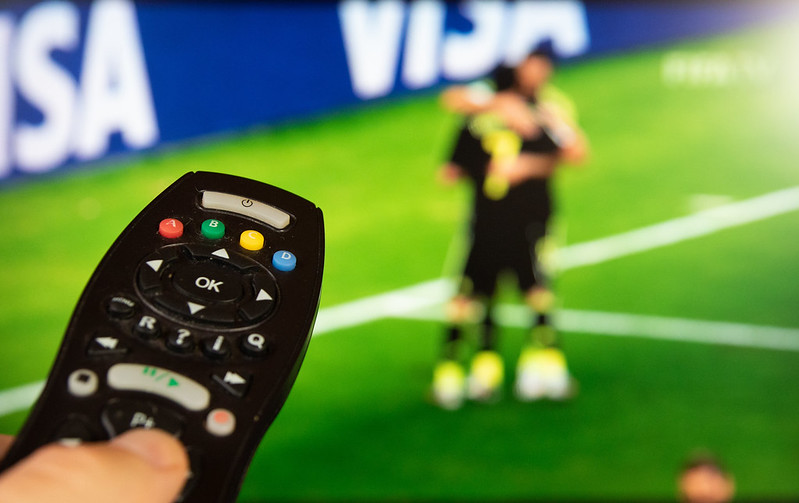
Back in April I wondered aloud if live sporting events are propping up traditional, linear television. There have been a number of developments just since my post in April that solidify my belief that this is true.
I had mentioned that the Big Ten Conference’s media rights deal with Fox, CBS, and NBC could potentially be an example of how networks plan to maintain the status quo for broadcasts on linear television. However, I did not give these companies enough credit as it seems that the Big Ten deal and the many broadcast deals to come will most certainly have streaming in mind.
NBC seems to be priming its sports viewers for a shift to their streaming service, Peacock. Their college football slate this season includes at least seven games streaming exclusively on Peacock featuring 7 of the preseason top 25 teams.

Likewise in a somewhat surprise announcement, Max, Warner Bros. Discovery’s streaming service, recently announced and launched a sports package of their own. Free until February, this package will include some of the biggest games that the NBA, NHL, Major League Baseball, and college basketball have to offer via their TNT and TBS properties.
This leaves Disney and “The Worldwide Leader in Sports”, ESPN, lagging behind nearly every other major broadcaster in the transition to streaming, not to mention Apple and Amazon who have gained a foothold in the space. Speaking on NBA broadcast partners with an expiring deal upcoming, Kevin Draper and Benjamin Mullin of the New York Times mention, “…ESPN has been vocal about having a stand-alone streaming offering for its flagship channel in the near future.”
Though ESPN has the ESPN+ app, the games shown on this service are often reserved for less popular events. Moving their linear broadcasts to streaming is the obvious next step for them and, by extension, Disney.
With new companies in the space like Apple and Amazon vying for these rights, legacy media companies have no choice anymore. I think the clock has started for the death knell of linear television.
There will be hemming and hawing about this transition from many, no doubt. The recent buffering issues with NFL Sunday Ticket and new partner YouTubeTV’s will probably not help, but I think we all understand where these trends are moving at this point in time.
My question now is less will linear television survive? Rather, it is will fans blindly follow their favorite teams or leagues to yet another service? Altman Solon’s Global Sports Survey says, “…the rise of streaming platforms has further decentralized the sports media landscape, making content harder to find as well as difficult and expensive to access: 60% of fans report having issues accessing and discovering games for one or more of their most essential leagues.”
To watch every game of my favorite team, the Chicago Cubs, I would be required to have access to their own network, Marquee Sports Network, which airs a majority of their games, ESPN, Fox, Fox Sports 1, TBS, and AppleTV+. This requires a linear television package and at least one streaming service for what is likely reaching at least $80-$90 monthly. This is a sizable financial commitment in a climate where consumers have a lot of choices, not to mention the difficulty that can be involved in finding the games in the first place.

According to Jon Lafayette of Yahoo!, “Younger fans in particular are consuming sports differently than their parents. They’re spending less time watching sports on TV and more time online. The rise of the “highlight reel” fan is a problem because they watch fewer live games…” This does not sound like a sustainable future for sports media rights to me.

So what does all this add up to? I believe that these media rights deals are going to continue to fragment viewership and ultimately limit the potential of all of the major sports leagues to continue to gain fans. Without the ability to simply switch to a different channel, I question how either the leagues themselves or the broadcast or streaming partners view the growth potential of their product over time as it will be harder for more people to tune in to games.
-brian
Leave a Reply